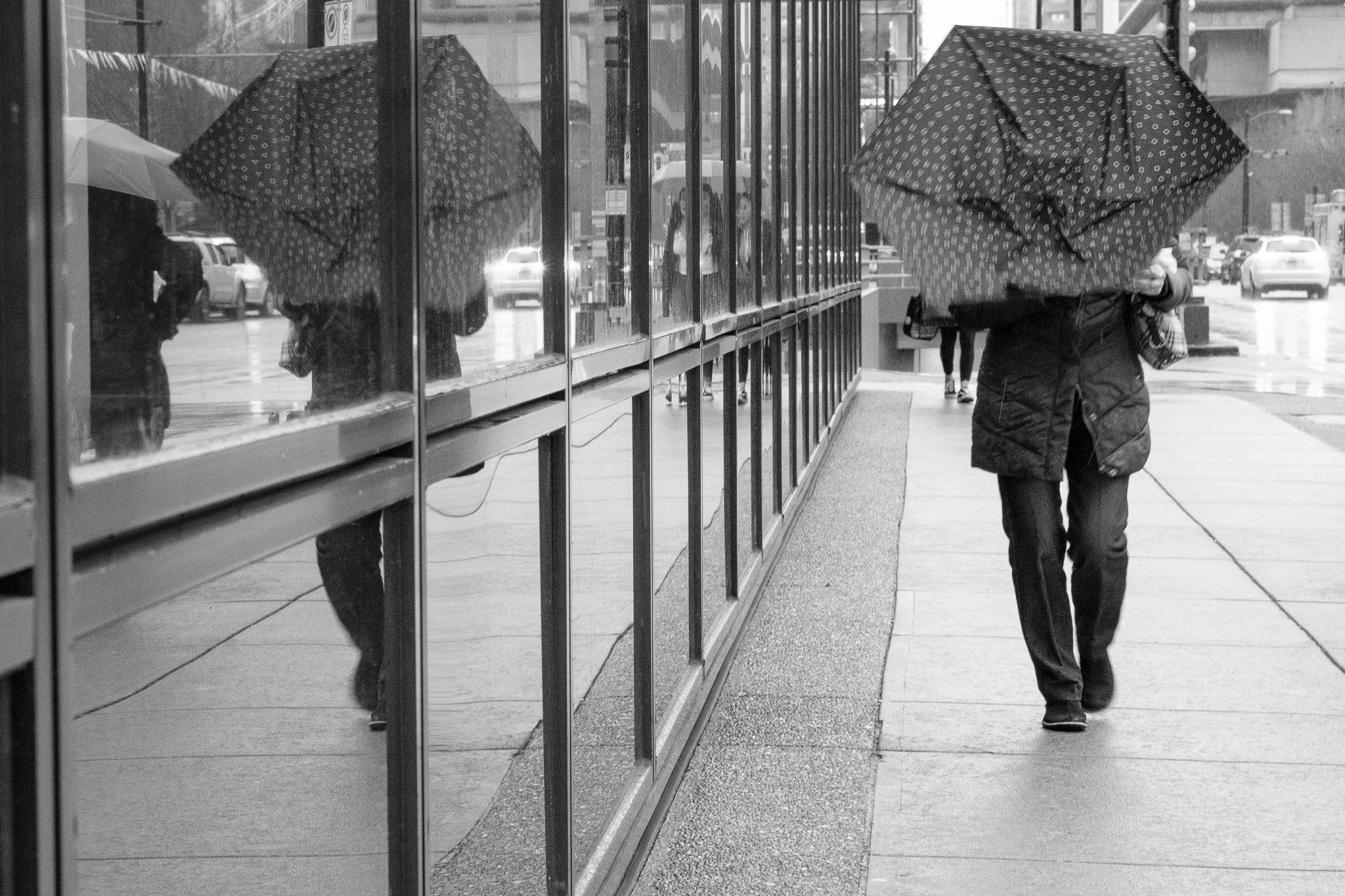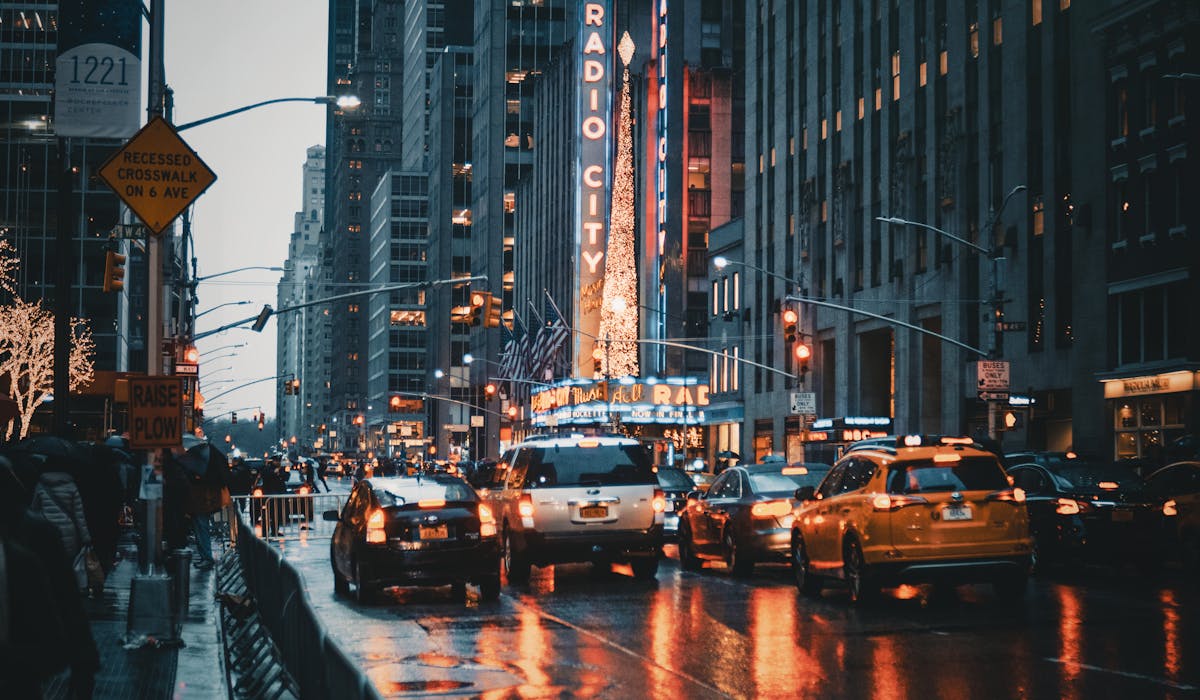All About Framing Streets
Table of ContentsFraming Streets Fundamentals ExplainedFascination About Framing StreetsThe 7-Second Trick For Framing StreetsThe Only Guide for Framing StreetsSome Known Details About Framing Streets All about Framing Streets
Digital photography category "Crufts Pet dog Show 1968" by Tony Ray-Jones Street photography (additionally in some cases called honest photography) is photography carried out for art or questions that includes unmediated chance encounters and arbitrary cases within public areas, typically with the objective of capturing images at a crucial or touching moment by mindful framing and timing. 
An Unbiased View of Framing Streets
Susan Sontag, 1977 Street photography can concentrate on people and their habits in public. In this respect, the street photographer resembles social docudrama photographers or photojournalists who also operate in public areas, but with the purpose of capturing newsworthy events. Any one of these photographers' photos may capture people and building visible within or from public areas, which typically involves navigating moral issues and regulations of personal privacy, safety and security, and residential or commercial property.
Representations of daily public life create a style in nearly every period of world art, starting in the pre-historic, Sumerian, Egyptian and very early Buddhist art periods. Art handling the life of the road, whether within views of cityscapes, or as the dominant concept, appears in the West in the canon of the Northern Renaissance, Baroque, Rococo, of Romanticism, Realistic look, Impressionism and Post-Impressionism.
Indicators on Framing Streets You Need To Know
Louis Daguerre: "Boulevard du Temple" (1838 or 1839) In 1838 or 1839 the very first photo of numbers in the street was recorded by Louis-Jacques-Mand Daguerre in one of a pair of daguerreotype sights taken from his workshop home window of the Blvd du Temple in Paris. The 2nd, made at the height of the day, shows an unpopulated stretch of road, while the various other was taken at concerning 8:00 am, and as Beaumont Newhall reports, "The Blvd, so regularly loaded with a relocating crowd of pedestrians and carriages was completely solitary, other than a person that was having his boots cleaned.
His boots and legs were well defined, but he is without body or head, due to the fact that these were in motion." Charles Ngre, waterseller Charles Ngre. https://framingstreets1.start.page was the initial digital photographer to acquire the technical elegance needed to register individuals in motion on the street in Paris in 1851. Professional Photographer John Thomson, a Scotsman dealing with journalist and social lobbyist Adolphe Smith, released Street Life in London in twelve regular monthly installations beginning in February 1877
9 Easy Facts About Framing Streets Described
Eugene Atget is concerned as a progenitor, not because he was the first of his kind, however as a result of the popularisation in the late 1920s of his record of Parisian roads by Berenice Abbott, who was influenced to carry out a similar paperwork of New York City. [] As the city created, Atget aided to promote Parisian roads as a worthwhile topic for digital photography.

The Single Strategy To Use For Framing Streets
Martin is the first videotaped photographer to do so in London with a masked camera. Mass-Observation was a social research study organisation started in 1937 which intended to record day-to-day life in Britain and to record the responses of the 'man-in-the-street' to King Edward VIII's abdication in 1936 to marry divorce Wallis Simpson, and the sequence of George VI. Andre Kertesz.'s commonly admired Images la Sauvette (1952) (the English-language edition was titled The Definitive Minute) advertised the concept of taking a picture at what he described the "decisive minute"; "when kind and web content, vision and make-up combined into a transcendent whole" - Street photography.
Getting My Framing Streets To Work
The recording machine was 'a hidden electronic camera', a 35 mm Contax hidden underneath his coat, that was 'strapped to the upper body and linked to a long cord strung down the ideal sleeve'. His work had little modern influence as due to Evans' level of sensitivities about the creativity of his job and the personal privacy of his subjects, it was not released till 1966, in the book Several Are Called, with an introduction written by James Agee in 1940.
Helen Levitt, then an educator of young kids, related to Evans in 193839. She documented the temporal chalk illustrations - copyright Camera that became part of youngsters's street society in New York at the time, in addition to the youngsters that made them. In July 1939, Mo, MA's new photography section included Levitt's job in its inaugural eventRobert Frank's 1958 publication,, was considerable; raw and typically indistinct, Frank's pictures examined conventional photography of the moment, "tested all the official guidelines set by Henri Cartier-Bresson and Pedestrian Evans" visit site and "flew in the face of the wholesome pictorialism and genuine photojournalism of American magazines like LIFE and Time".